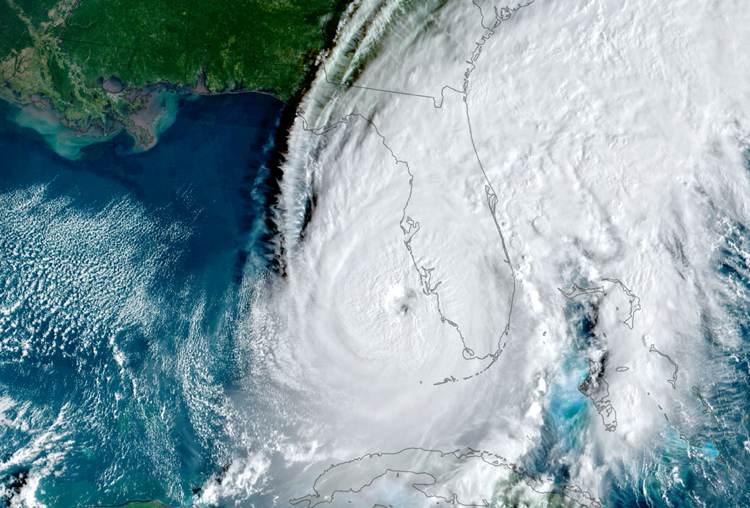CoreLogic lifts hurricane Ian insured loss estimate to $31bn – $53bn

Major hurricane Ian is now estimated to have caused a private and public insurance and reinsurance market loss of between $31 billion and $53 billion, from wind, flood and storm surge across all impacted regions, according to CoreLogic.
Previously, the company had pegged the insured losses from hurricane Ian at between $28 billion and $47 billion, but that was only from insured wind and storm surge damages.
Now, CoreLogic has included inland flood insured losses as well and damage seen in South Carolina and other impacted states.
CoreLogic now says that insurance market losses, including the NFIP, are between $31 billion and $53 billion, while uninsured flood losses add another $10 billion to $17 billion of economic costs, for a total storm estimate of $41 billion to $70 billion.
Florida experienced the brunt of this, with an estimated $22 billion to $32 billion of insured wind losses, plus $8 billion to $16 billion of insured flood and surge impacts (incl. NFIP).
As a result, the total insurance and potentially reinsurance market loss estimate from CoreLogic for Florida from hurricane Ian is between $30 billion and $48 billion.
For South Carolina the insured loss total is between $1 billion and $3 billion, with another less than $2 billion expected for other states.
Commenting on the impacts of hurricane Ian, Tom Larsen, senior director of Hazard and Risk Management, CoreLogic, said, “The key reason Hurricane Ian is so economically destructive is due to the massive growth in coastal real estate in Florida.
“Florida’s population has grown 50% since 1992 when Hurricane Andrew hit Miami, with disproportionately more growth in South Florida. The extra costs incurred from the surge in repair needs simultaneous with a fragile economy are headwinds to rapid reconstruction and we should expect to see resident displacement and housing affordability issues in the state for some time to come.”
“Housing markets in Florida will face difficult times as many Florida residents have been impacted by the devastating storm,” added Selma Hepp, interim lead of the Office of the Chief Economist, CoreLogic. “Initially, we are likely to see an increase in mortgage delinquencies as is typical following catastrophes. Also, rents are likely to jump as households who lost their home seek immediate shelter. Longer term, home price growth in hard hit areas is likely to lag that of the rest of the state and nation as people may opt to move to areas less prone to natural disasters. CoreLogic observed this trend in the Gulf Coast region following Hurricanes Laura, Delta and Ida.”
CoreLogic’s analysis includes residential homes and commercial properties, including contents and business interruption, but does not include wider economic impacts to Florida and other states.
Read all of our coverage of hurricane Ian, and our analysis on the potential market losses, here.






